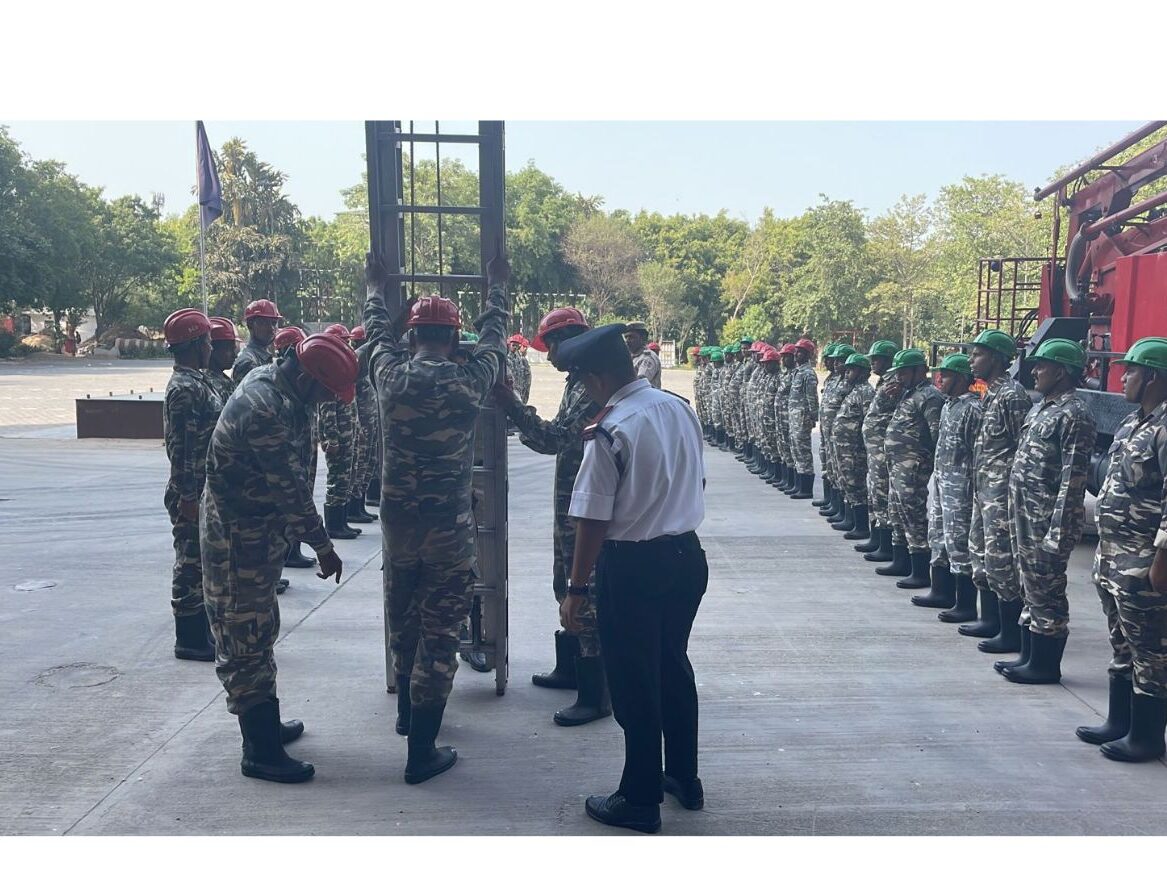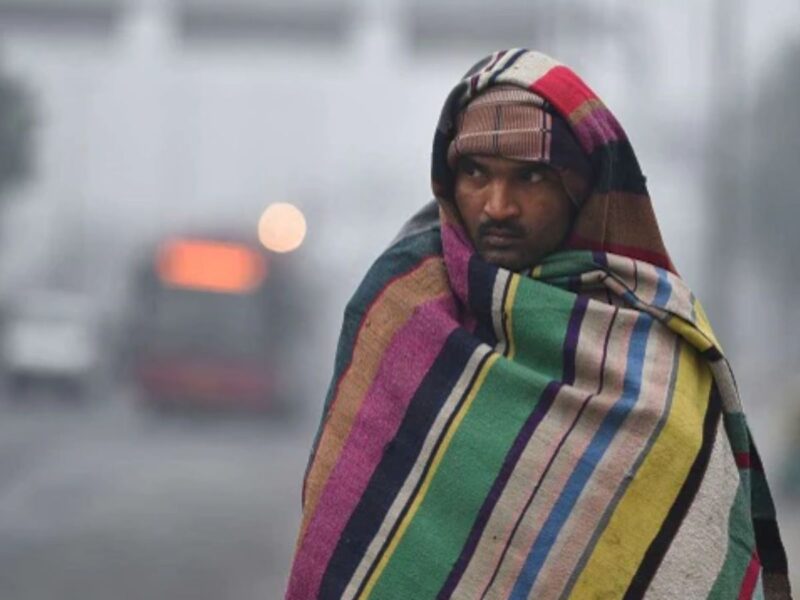“Ours is not a regular 9-5 job,” says Sanjeev Kumar, a fire station officer. “It’s a high-stress, high-risk job. There are no set hours; we work around the clock, sometimes skipping meals. We must save ourselves, save others, stop the fire from spreading, and remain physically and mentally strong, all at the same time”, he adds.
Kumar has been in this profession for 22 years, and every year, performs approximately 200 fire dousing operations, with about five of them being major fire accidents. In Noida, he said that they encounter three to four cases daily.
“Our day doesn’t have a fixed routine. Apart from the fire operations, firefighters are provided with different basic responsibilities, like managing the fire vehicles and checking the equipment”, says Kumar. He adds that the firefighters are allotted barracks for resting in between these tasks.
“We wait in our watchrooms for fire calls. There are firefighters waiting in the room 24/7. We also have drills for practicing the use of new equipment and vehicles”, adds Kumar.
Low awareness
When asked about the reason behind the increasing number of fire accidents, Kumar answers that there is a lack of awareness and careless approach by residents as well as officials.
“Typically, we find that houses that are 15-20 years old are still using wire systems that were installed when the house was built. In today’s infrastructure, there is no room for ventilation. The open spaces that kept the fire from spreading earlier are no longer present. Any fire that grows to be massive begins in a very small space”, he says.
He adds that people nowadays are also less concerned about minor incidents as his team frequently notices situations that could have been easily avoided.
“Smoking in a no-smoking zone, leaving room-heating systems on, overheating electrical appliances, absence of fire prevention equipment are commonly noticed in large fires”, says Sanjeev.
Slowed down by traffic
The most serious issue faced by firefighters when responding to a call is traffic. “When we receive a fire call, we reach the destination in about two minutes during the day and one minute at night. Sometimes it takes us three to four minutes to arrive at our destination, which complicates our job because the fire has already spread. We make every effort to complete our work as efficiently and quickly as possible”, says Devendra Kumar, who has been working as a fire operator for the last 20 years.
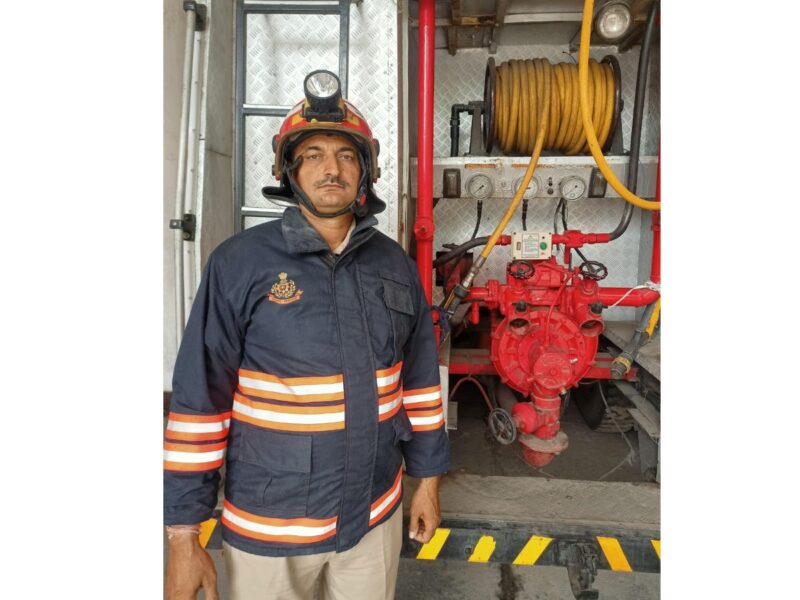
Speaking about the Mundka fire incident, Devendra says, “The major reason for the fire was the delay in traffic. There was a 2.5 km long stretch, and when we reached the spot, some people were taking photographs of the situation.”
Upon reaching the spot of the incident, the firefighters must assess the situation to determine the damage and number of people that need to be rescued, and the time they will need to carry out their duties.
Pawan Redhu, who has been working as a fireman for the last two years, elaborates on the dangers a firefighter might face at the scene of the incident. “The most noticeable threat that we see is from LPG cylinders because it does not give us any time to react. Sometimes, people around the fire warn us about it, sometimes they don’t. We have to be very cautious. The smoke that we sometimes inhale is very harmful to our lungs, and most of the time visibility is almost nil, so we have to search for the origin of the fire with a torch”, he says.
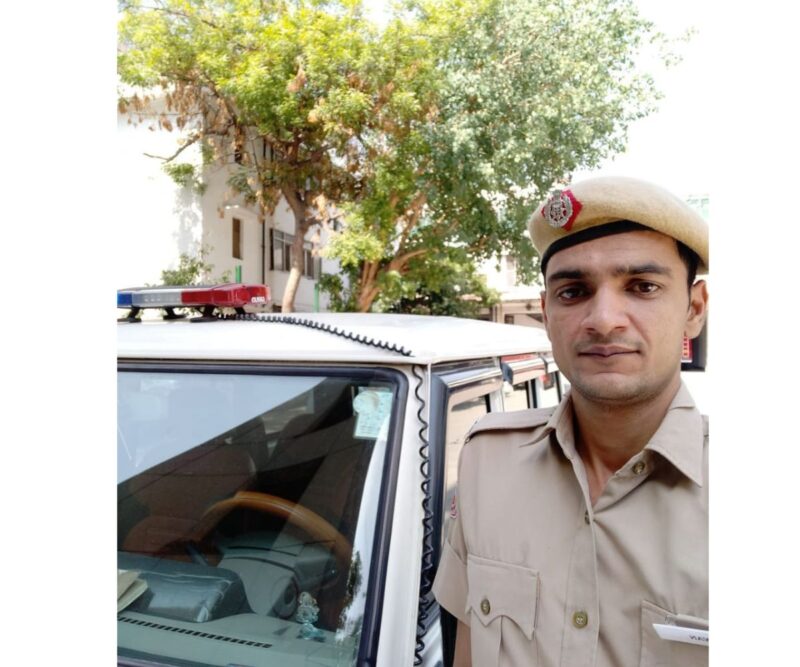
Personal rewards
Firefighters receive certain benefits like health insurance, free treatment at government hospitals, as well as annual increments. The salary starts from Rs 20,000 and goes higher up with the level of position.
“However, our pay was recently reduced by the Sixth Pay Commission. We are hopeful that we will receive some increments in the coming days”, says Devendra.
As there is no chance of panicking when they walk into a fire, their job requires them to be mentally tough. Redhu says that the most important thing while on duty is to have a clear mind and to be present in the moment. “In a fire situation, if your mind is focused on anything other than the situation, you will most likely fail”, he says.
“Act according to the situation; don’t rush into the situation. Our safety gear, which includes a gumboot, firesuit, helmet, gloves and monkey cap, gives us security and reassurance. We also receive a six-month extensive training where we are taught how to deal with various situations, how to remain calm and how to use our time more efficiently”, he adds.
Occupational hazards
Injuries are a very common part of a firefighter’s job. The most common injuries are burns, sprains, muscular pain and chest pain. “Sometimes, there is a loss of life as well”, says Ashish Malik, a fireman working for the last four years.
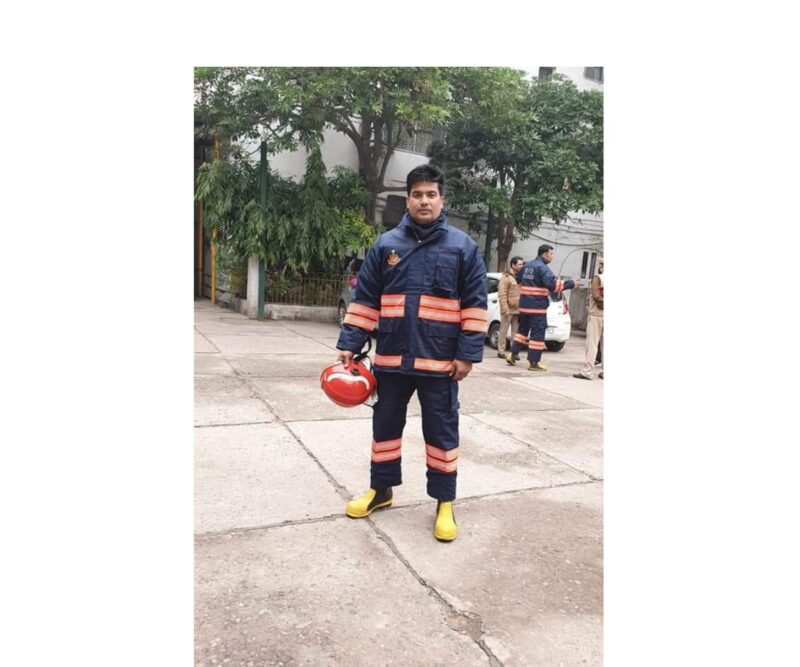
Talking about his experiences, Malik recalls the time when he lost two of his colleagues in a fire operation in Gurugram last year. He says he was shocked following the incident and had a hard time recovering from it.
Sometimes, the equipment that the firefighters use does not allow them to see clearly, and in those situations, they remove their equipment. “While doing so, we inhale a lot of toxic chemicals”, Malik says.
He adds that the facilities provided to them are quite good. He says, “The Department is very supportive and we get instant treatment for injuries.”
Sanjeev says that with fire accidents increasing over the years, their primary concern has been the safety of firefighters. “The equipment and gear must also evolve over time”, he remarks.
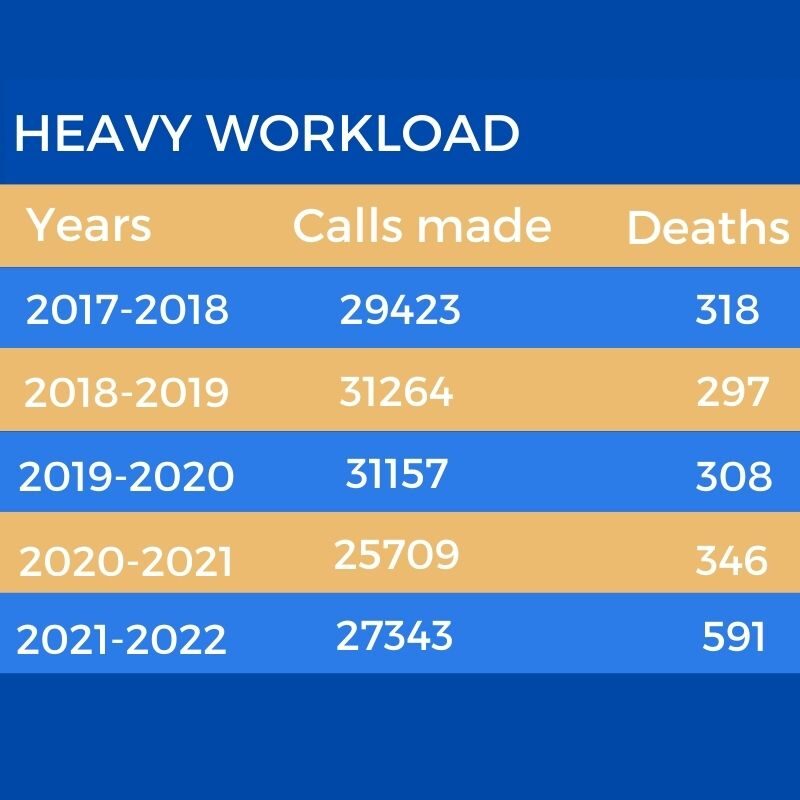
Devendra says that in terms of safety, there has been a significant shift over the years. “The firesuits have improved in durability. In recent years, hydraulic platforms (which allow firefighters to operate from outside the buildings, particularly on higher floors) have been a huge help. The fire vehicles are regularly updated, and we’ve started working with robots as well. These contribute significantly to reducing collateral damage”, he states.
For more stories that cover the ongoings of Delhi NCR, follow us on:
Instagram: https://www.instagram.com/thepatriot_in/
Twitter: https://twitter.com/Patriot_Delhi
Facebook: https://www.facebook.com/Thepatriotnewsindia

